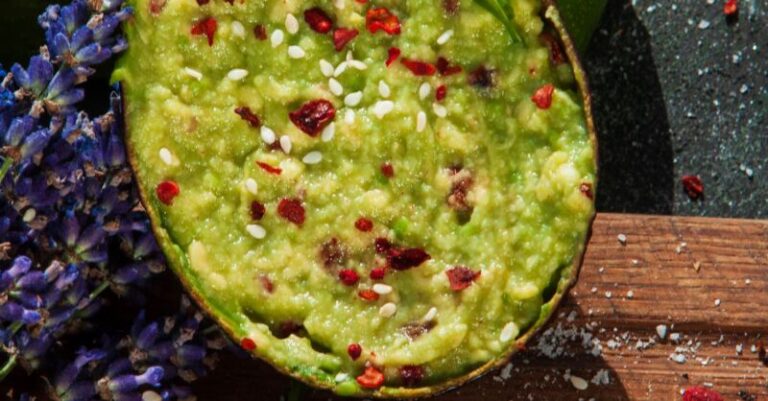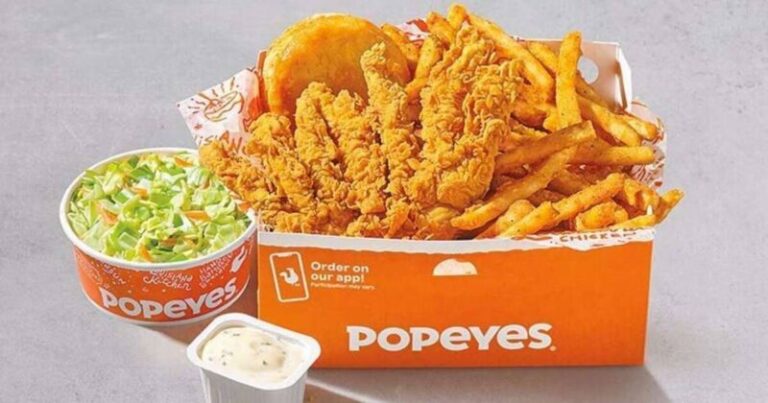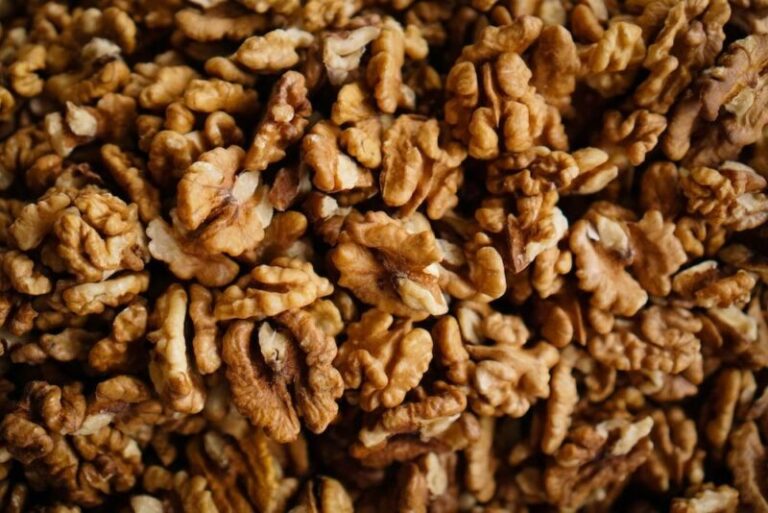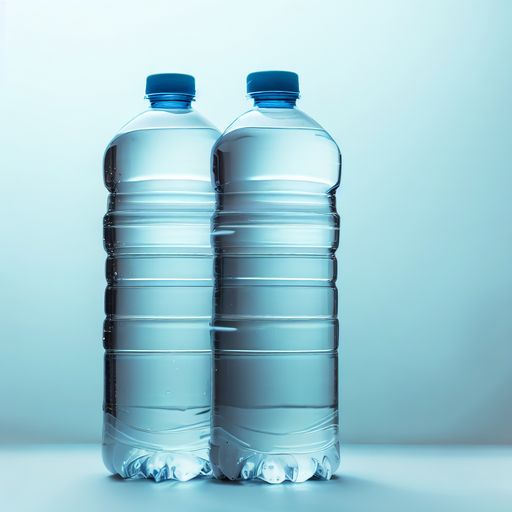How to Tell If Buttermilk Is Bad: Signs of Spoilage and Shelf Life
Buttermilk has gained immense popularity in baking due to its tangy flavor and ability to tenderize baked goods. This versatile dairy product is delicious and packed with essential nutrients.
In this article, we will explore the signs of spoiled buttermilk and provide valuable information on identifying if your buttermilk has gone bad.
Buttermilk’s Popularity in Baking
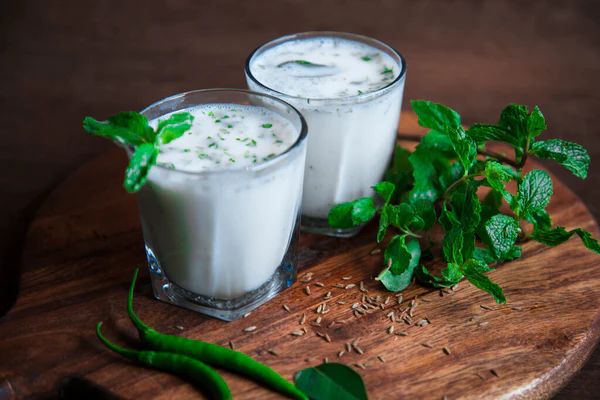
Buttermilk has become a staple ingredient in many baking recipes, such as pancakes, biscuits, and cakes. Its acidic nature reacts with leavening agents like baking soda or powder, resulting in fluffy and tender baked goods.
Buttermilk is the liquid remaining after butter is churned from the cream. Traditional buttermilk was the byproduct of cultured butter production, whereas modern buttermilk is usually made by adding lactic acid bacteria to pasteurized milk.
Cultured buttermilk contains beneficial probiotics, which promote a healthy gut. It offers essential minerals like calcium, potassium, and phosphorus, making it a nourishing addition to any diet. It is common for people to leave buttermilk in the refrigerator for longer periods, which can lead to potential spoilage. Knowing the signs of spoiled buttermilk is crucial to ensure food safety.
Signs of Spoiled Buttermilk
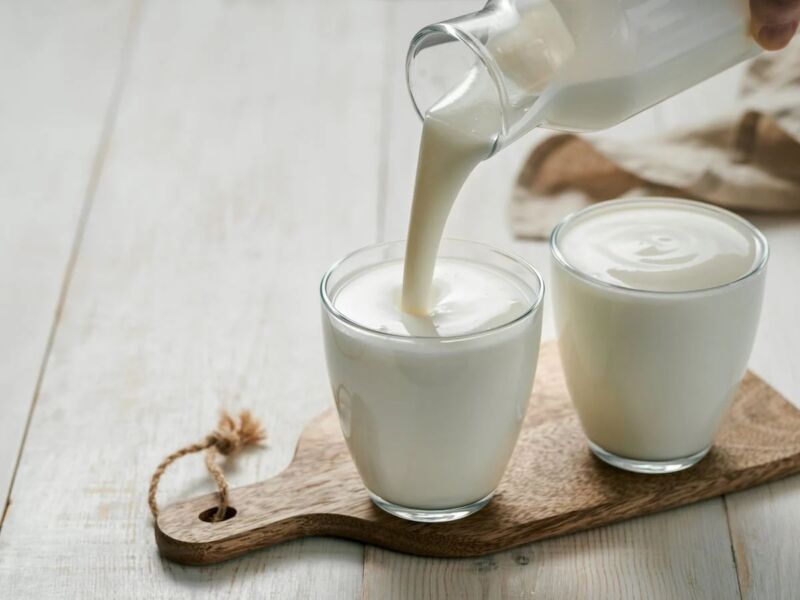
Smell
Fresh buttermilk has a tangy aroma, distinct from regular milk. This aroma is a result of lactic acid fermentation during the culturing process.
Spoiled buttermilk develops an increasingly sour smell as bacteria continue to grow. The change in odor becomes more noticeable over time.
It’s important to note that the sour smell may be harder to detect during a specific storage period. This can be attributed to the limited escape of odor in closed cartons.
Buttermilk stored in closed cartons may have a stronger smell due to limited airflow, making it easier to detect spoilage.
Look
Spoiled buttermilk may exhibit changes in color, such as a yellowish or off-white appearance. Any noticeable discoloration should be taken as a sign of spoilage.
If you observe mold growth on the surface of the buttermilk or around the lid, it is a clear indication of spoilage. Mold presence necessitates immediate disposal.
Texture
Spoiled buttermilk develops a clumpy texture. You may notice clumps or curd-like formations instead of a smooth and pourable consistency.
As buttermilk deteriorates, the clumps become larger, making pouring challenging. This change in texture is a clear sign of spoilage.
Unlike small lumps typically present in fresh buttermilk and broken up with a whisk, lumpy buttermilk cannot be salvaged. It should be discarded.
It’s important to note that small lumps that break up when whisked are normal in fresh buttermilk and do not indicate spoilage.
Taste
Fresh buttermilk has a slightly tangy taste, characteristic of the lactic acid produced during fermentation. This tanginess is expected and desirable.
If the buttermilk tastes excessively sour or has a pungent off-flavor, it is likely spoiled and should not be consumed.
Spoiled buttermilk may lose its buttery taste and creaminess, indicating that it has gone bad.
Expiration Date
The expiration date on the packaging is a reliable indicator of the buttermilk’s freshness and safety for consumption. Always check the date before using buttermilk.
If the buttermilk is within its expiration date, it is generally safe to use. However, discarding it if it is a week or more past the expiration date is advisable to avoid potential health risks.
Reasons for Buttermilk Spoilage
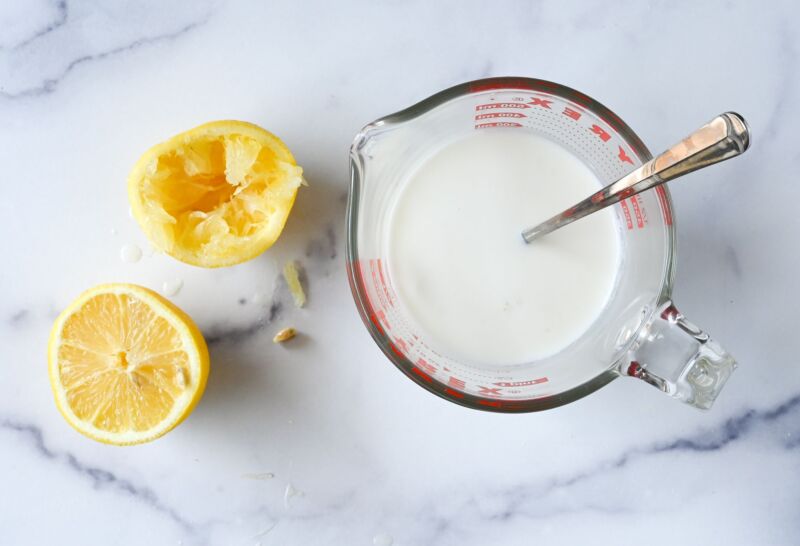
Fresh buttermilk initially contains lactic acid, inhibiting harmful bacteria growth and contributing to its tangy taste.
Over time, the fermentation process continues, increasing the acidity of buttermilk. This acidic environment can promote the growth of spoilage bacteria, leading to the deterioration of the buttermilk.
Consuming buttermilk that has passed its expiration date poses a higher risk of foodborne illnesses. It is essential to prioritize food safety and discard expired products.
How Long Does Buttermilk Last?
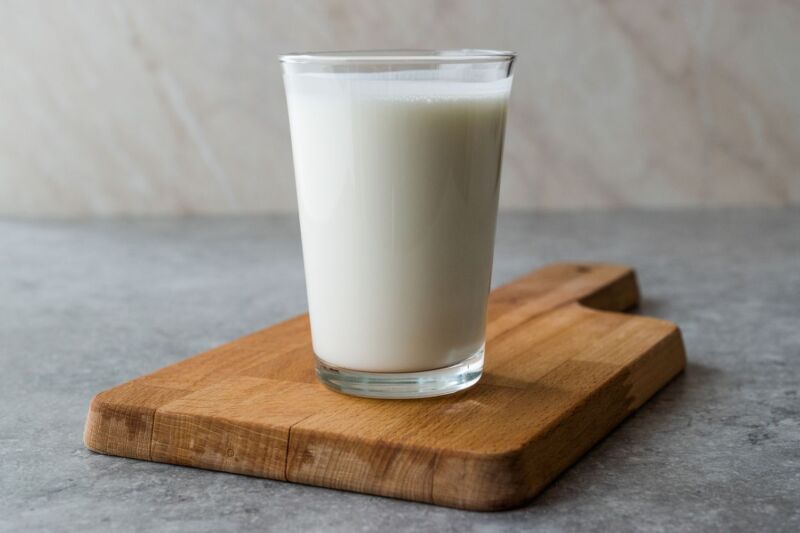
Buttermilk typically comes with a sell-by date and an expiration date. The sell-by date indicates the last date the product should be sold, while the expiration date signifies the recommended time for consuming the buttermilk at its best quality.
For best quality, it is advisable to use buttermilk within one to two weeks of opening, even if the expiration date is further away. Proper refrigeration and hygiene practices help extend the shelf life.
To preserve its freshness and keep buttermilk at an optimum state of freshness, store it in the refrigerator at temperatures under 40°F (4°C). Ensure the lid is tightly sealed to prevent contamination from other food items.
Freezing can be an option to extend the shelf life of buttermilk, but it may result in altered consistency and clumping. However, frozen buttermilk can still be suitable for baking and meat tenderization.
Upon thawing, frozen buttermilk may experience changes in consistency, resulting in clumps or curd-like formations. This change is due to the separation of milk solids.
Despite the texture changes, frozen buttermilk can still be used in baking recipes or as a meat tenderizer. The clumps can be incorporated into batters or blended into marinades.
For the best quality, frozen buttermilk should ideally be consumed within two months of freezing. Beyond that, it may experience further deterioration in taste and texture.
Powdered Buttermilk and Alternative Uses
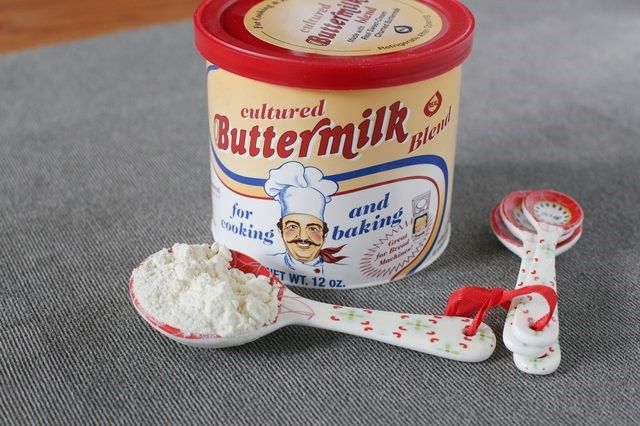
Powdered buttermilk is a dehydrated form of buttermilk, offering a long shelf life and convenient storage at room temperature. It is made by removing the moisture from buttermilk through a drying process.
Powdered buttermilk offers one key advantage – an extended shelf life from six months up to and beyond one year. It can be stored at room temperature, making it a pantry staple.
Powdered buttermilk is primarily used in baking recipes as a substitute for fresh buttermilk. However, it is not recommended for drinking as it lacks the same creamy texture and taste as fresh buttermilk.
If you have expired buttermilk, you can still use it in cooked recipes, such as pancakes or biscuits, as long as you conduct proper checks for spoilage. Ensure no off-smells, discoloration, or mold growth before incorporating it into your dish.
If you don’t have buttermilk, you can easily make a homemade substitute by adding vinegar or lemon juice to regular milk. Combine one tablespoon of vinegar or lemon juice with one cup of milk and let sit until it curdles slightly – this takes only seconds! This homemade substitute will provide a similar tanginess and acidity to your recipes.
Maintaining Fresh Buttermilk
To maintain the freshness of buttermilk, it is crucial to refrigerate it at all times. Store it in the coldest part of your refrigerator, preferably on a shelf and not on the door. Consume the buttermilk within one to two weeks for the best quality.
If you want to extend the shelf life of buttermilk, freezing is an option. However, remember that the texture and consistency may change, and the quality may deteriorate over time.
To prevent contamination and maintain the freshness of buttermilk, always use clean utensils and avoid double-dipping. Ensure the lid is tightly sealed after each use, and store the container away from other strong-smelling foods in the refrigerator.
Conclusion
In conclusion, knowing if buttermilk is bad is essential for ensuring food safety and enjoying the best quality in your recipes. By paying attention to the smell, appearance, texture, and expiration date, you can identify spoiled buttermilk and prevent potential health risks.
Additionally, consider powdered buttermilk and alternative storage methods like freezing to extend the shelf life of this versatile dairy product. Always prioritize proper storage and hygiene practices to maintain the freshness of buttermilk and enjoy its tangy goodness in your culinary creations.
